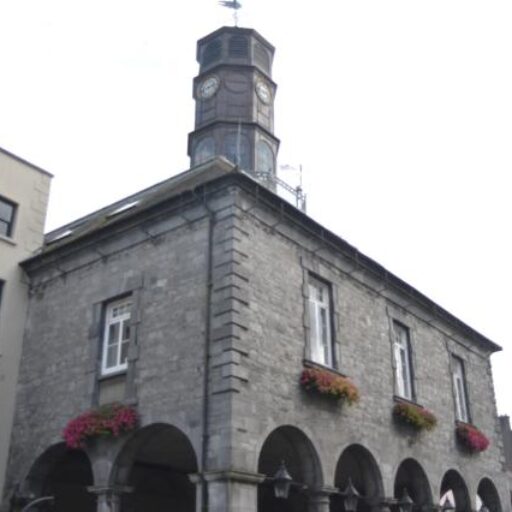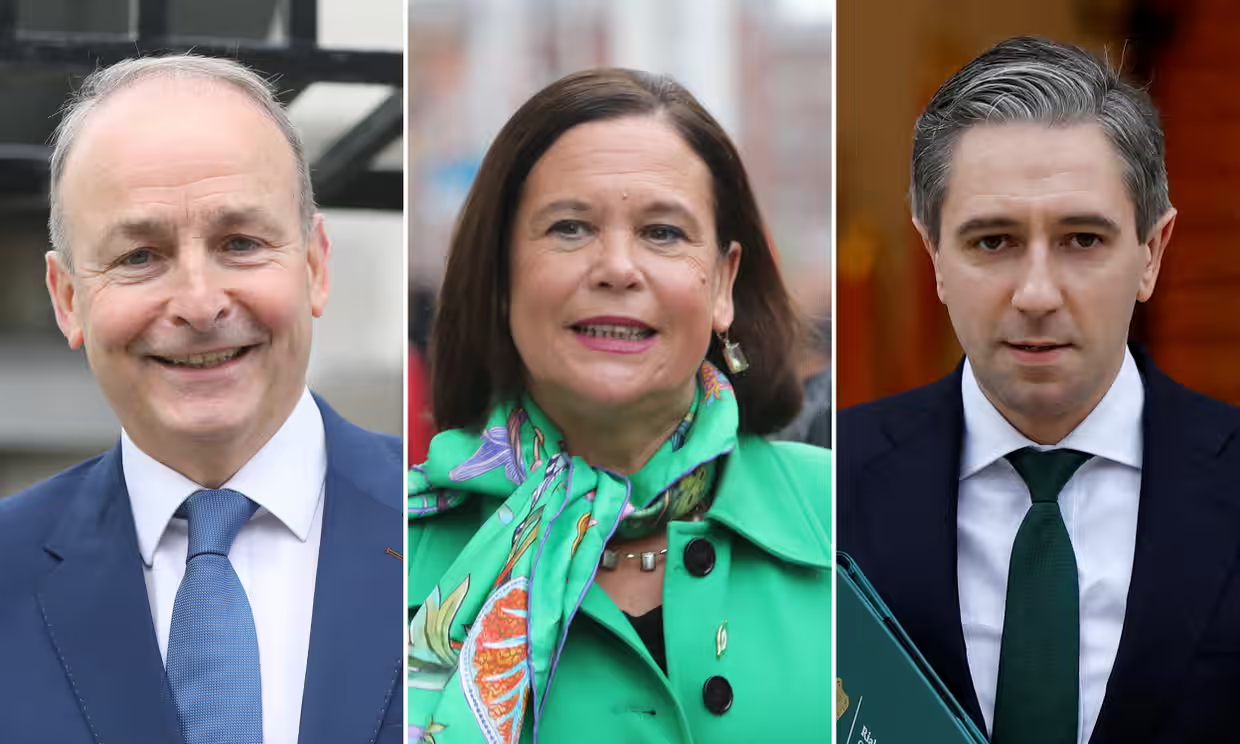2024 General Election – Key Issues and Party Proposals (FF,FG,SF)!
The general election is almost upon us! Politicians are making their promises liberally on traditional and social media, and the parties have published lengthy manifestos online. How can we separate the wheat from the chaff?
Manifestos
I have read the manifestos published by Fianna Fáil, Fine Gael and Sinn Féin, and they are incredibly detailed. It was not easy to compare the policies of the parties, as all the manifestos have different structures. Worse, even after finding certain policies in the three manifestos, you are still comparing apples and oranges. Every policy should have a budget, an objective and a deadline, but often it is just ambitious goals, without the details. The Sinn Féin manifesto is better than the others in clearly stating their policies.
Anyway, after reading the manifestos, I summarised the main issues in the election and the plans of the three parties to tackle them. I will share it with you here, and you may find it useful.
Summary: Main Issues and Proposals of the Parties (FF,FG,SF)
- Cost of Living: The cost of living is a major concern, although falling interest rates and the €10.5 billion budget package may ease the pain.
- Fianna Fáil: Increase the State Pension to at least €350 a week; cap childcare fees at €200 a month.
- Fine Gael: Raise the threshold for the highest tax bands by €2,000 each year; increase primary tax credits by €75 each year; changes to reduce the Universal Social Charge (USC); changes to reduce inheritance tax; cap childcare fees at €200 per month.
- Sinn Féin: End USC on the first €45,000 of income, saving €1,100 per year; €1,000 rent relief; temporary mortgage relief up to €1,250 per year; €10 per day childcare.
- Housing Crisis:According to a poll last year, 61% of respondents said the housing crisis is one of the worst problems in Ireland. It is no wonder that Fianna Fáil, Fine Gael, and Sinn Féin have made housing a top priority in their manifestos.
- Fianna Fáil: Expand housebuilding to 60,000 per year by 2030; prioritize affordable and social homes.
- Fine Gael: Build 300,000 homes by 2030, with a budget of €40 billion.
- Sinn Féin: Build 370,000 homes by 2030, including 125,000 social and affordable homes by 2029; three-year rent freeze.
- Healthcare: In ainneoin barrachas buiséid de bheagnach €2.2 billiún, léiríonn daoine a míshástacht leis an gcóras cúram sláinte, go háirithe maidir le plódú ospidéil agus liostaí feithimh fairsinge.
- Fianna Fáil: Reduce waiting times by expanding hospital beds, consultants and GPs; provide new Rapid Access Outpatient clinics; reduce health fees; free medical cards for all children under 12, and specialist services for cancer care and women's health.
- Fine Gael: Expand healthcare capacity with 5,000 new hospital beds, six surgical centres, and four elective hospitals; extend free GP care to under-18s, and cap prescription costs at €50.
- Sinn Féin: Universal healthcare with free prescriptions; 5,000 new hospital beds, and four elective hospitals in place by 2031; expand GP services; improve mental health care and supports for people with disabilities; recruit 40,000 healthcare workers; invest €15 billion in infrastructure, and save €1 billion through effective reforms, ensuring equitable and modern healthcare.
And the Irish Language?
Here are the main proposals proposed by the three parties regarding the Irish language.
- Government Leadership and Policy
- Sinn Féin: Create a new position in Government for a Senior Minister for the Irish Language and the Gaeltacht, to prioritise Irish language and Gaeltacht issues.
- Funding and Investment
- Sinn Féin: Establish a dedicated Irish Language Capital Programme to create Cultural Centres and develop Irish Language Quarters in urban areas.
- Sinn Féin: Provide an additional €50 million in current funding over five years and €75 million in capital expenditure specifically for the Irish language and Gaeltacht development.
- Education
- Fianna Fáil: Increase the number of Irish-medium schools and Gaelcholáistí, improve teacher training, and expand the Gaeltacht Schools Recognition Scheme.
- Fine Gael: Strengthen Naíonraí within and outside the Gaeltacht, and expand Irish immersion education for primary school children in the Gaeltacht.
- Sinn Féin: Provide free Irish language books to all children and teenagers, once during primary school and once during secondary school.
- Cultural and Community Support
- Fine Gael: Work with housekeepers and summer colleges to support Irish language immersion programmes.
- Sinn Féin: Develop cultural centres and create Irish language Quarters with additional funding for language planning.
- Labour and Legal Rights
- Sinn Féin: Make state websites bilingual; extend language requirements to print and online advertisements.
- Sinn Féin: Achieve 20% bilingual public servants by 2030, with a B2+ Irish language proficiency requirement for state roles.
Conclusion
I hope the above comparisons give you a better understanding of the differences between the plans of Fianna Fáil, Fine Gael and Sinn Féin in relation to the policies that are most pressing for us as citizens, and as Irish speakers. But that’s only part of the story. Making a promise is one thing, keeping it is another.
According to the polls, it looks like Fine Gael and Fianna Fáil will be able to form a coalition government with the support of another party (the Greens for example).
The most important thing is to have a conversation with the political candidates in your area and let them know what you want from them. If they agree to do your bidding, get their commitment to that before casting your vote for them. If they are elected, be sure to keep putting pressure on them to keep their promises – especially on the Irish language!






